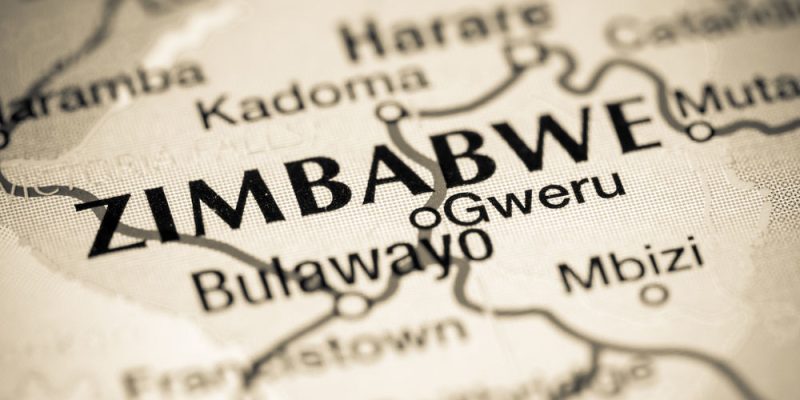
The official USD to ZiG exchange rate held quite stable in August even as the central bank was forced to intervene in the forex market.
Zimbabwe ZiG has retreated
Data by the bank shows that the Zimbabwe ZiG was trading at 13.79 on August 1 and has risen modestly to 13.86. It was trading at 13.70 on July 1st and 13.31 on June 3rd. It started trading at 13.56 in August, meaning that it has lost about 2.2% in value since its introduction.
A currency losing 2.2% is often seen as a bad thing. However, in Zimbabwe’s case, it is a relatively good situation because of its history of currency crashes. The former currency was down by over 80% between January and April.
Other currencies have also performed worse since April. The US dollar index has retreated by over 4.5% from its highest point in April.
However, external data shows that the ZiG exchange rate has dropped in the black market, with traders quoting it at between 16 and 26.
There are four main reasons why the ZiG has been relatively stable. First, the government and the central bank has worked hard to promote it to the country as it seeks to end dollar dominance. As part of its strategy, the government has maintained that prices of most services and taxes should be paid with the currency.
Authorities have cracked down on street currency traders who are partially blamed for the previous currency crashes. Also, the government has fined some traders for not accepting the currency.
These actions have reduced the number of dollar transactions in the country from over 80% to 70%.
Second, the ZiG has been stable because of its stamp of approval by the International Monetary Fund (IMF), who called it an “important policy action.” The government now hopes that the ZiG will become the only legal tender in the next few years.
Third, ZiG is also increasingly rare in the country, with a good number of people having never seen it. A rare asset tends to attract more value because of the supply and demand dynamics.
Most importantly, the central bank has continued to support the currency. The most recent numbers showed that the bank has injected $190 million into the foreign exchange market. For example, in July, the bank made a $50 million strategic intervention.
Zimbabwe ZiG faces major challenges
For starters, ZiG is a new unique currency introduced by the Zimbabwe central bank after the other versions of the local currency crashed. ZiG stands for Zimbabwe gold and its global standard is ZWG.
The ZiG derives its value from US dollars in reserves and 2.5 tonnes of gold held by the central bank. In statements, the central bank governor has insisted that the country had learnt a lesson and that it will not print more currency to fund the government.
However, as we have written before, the future of the Zimbabwe ZiG is still uncertain, especially now that the spread of the official and black market has started to widen.
First, many Zimbabweans have a good memory of how their savings in the last versions of the local currency disappeared because of hyperinflation and currency devaluation. As such, many of them have vowed to stick with the US dollar.
Zimbabwe has become a highly dollarized country over the years. Most savers hold the currency while most businesses use it to handle transactions.
Second, the ZiG will come under substantial strain as the country goes through a major drought that has left millions in hunger and pushed inflation higher. A report by the statistics agency showed that the headline Consumer Price Index (CPI) rose by 1.4% in August after falling by 0.1% a month earlier.
Most of this increase was because of the rising food and non-alcoholic beverage prices. Inflation may continue rising as the ZiG retreats and as the country continues importing food. A report by the UN showed that the country needs as much as $400 million to handle the food crisis ahead of the next harvest in March.
Third, the ZiG will continue falling because of the strong dollar demand among importers who must pay for goods in foreign currency like the US dollar. More demand for the USD will reduce its value.
Recent data also shows that Zimbabwe’s top exports are not doing all that well. While gold price has risen, the price of nickel has retreated sharply in the past few years. Raw tobacco prices have also retreated. As a result, Zimbabwe has a big trade deficit, which will put the currency under pressure. It had a $214 million deficit in June this year.
Therefore, my view is that the official USD to ZiG exchange rate will continue rising in the next few months.
The post USD to ZiG: Here’s why the Zimbabwe gold currency is falling appeared first on Invezz












